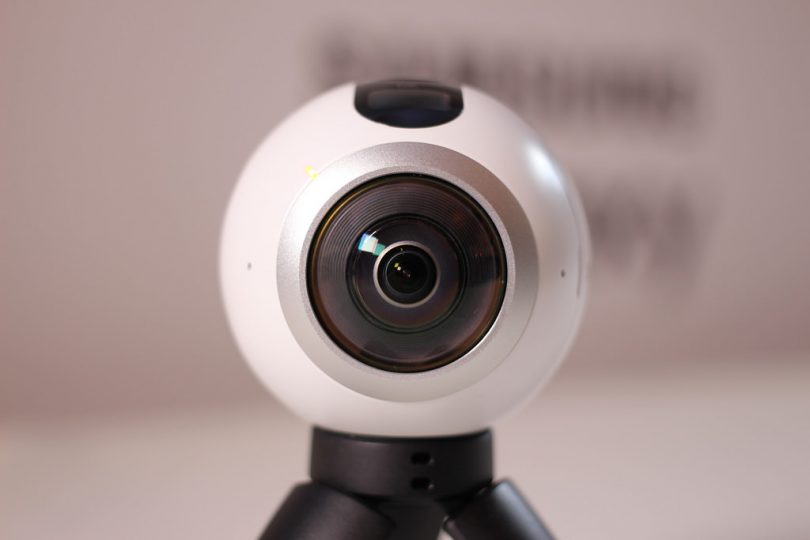The 360 camera has allowed people to gain an unparalleled insight into environments that were otherwise relegated to normal video, pictures or text descriptions. 360 footage transports people to the scene through the use of interactivity, and allows them to participate in the footage and experience it in the same way that someone experiencing it live would view the situation.
The 360 camera also allows people to explore an event at their own pace. Whilst an image may say a thousand words, a 360 image or video says even more, and means that all angles of a situation are captured, which gives the journalist more freedom with the story. The audience can see exactly how the things unfolded, rather than given a narrow view of the whole event through the use of a traditional camera.
Take this story put together by The Verge. A lot was written about the civil war before and after this video, both in print and online. However, getting to see the damage and destruction caused by such a bloody and devastating war really puts into perspective the severity of the conflict, and more importantly, humanises the whole situation. Each section of the video is another home lost, another life lost, rather than just statistics on a screen. It’s an effective way to tell the story, because not only are you able to progress the video at the pace used with normal footage, but the same footage tells multiple stories, and allows people to better engage with the whole scenario, rather than just particular aspects.
This example from the NY Times demonstrates how a newspaper can engage with this new form of technology. By showcasing stories in 360 vision, it brings the readers/viewers into the story, and makes them a vital part of it, rather than a passive observer. Allowing the audience to move around and view different aspects of the story at their own leisure means that they become active participants, and thus, more likely to engage with the story.
360 cameras are another vital technology in the arsenal of any multimedia journalist. By providing viewers and readers with unfettered access into an environment, they’re able to engage more with the audience, and thus, provide a better product.
Photo Credit: Maurizio Pesce licensed under CC 2.0.

